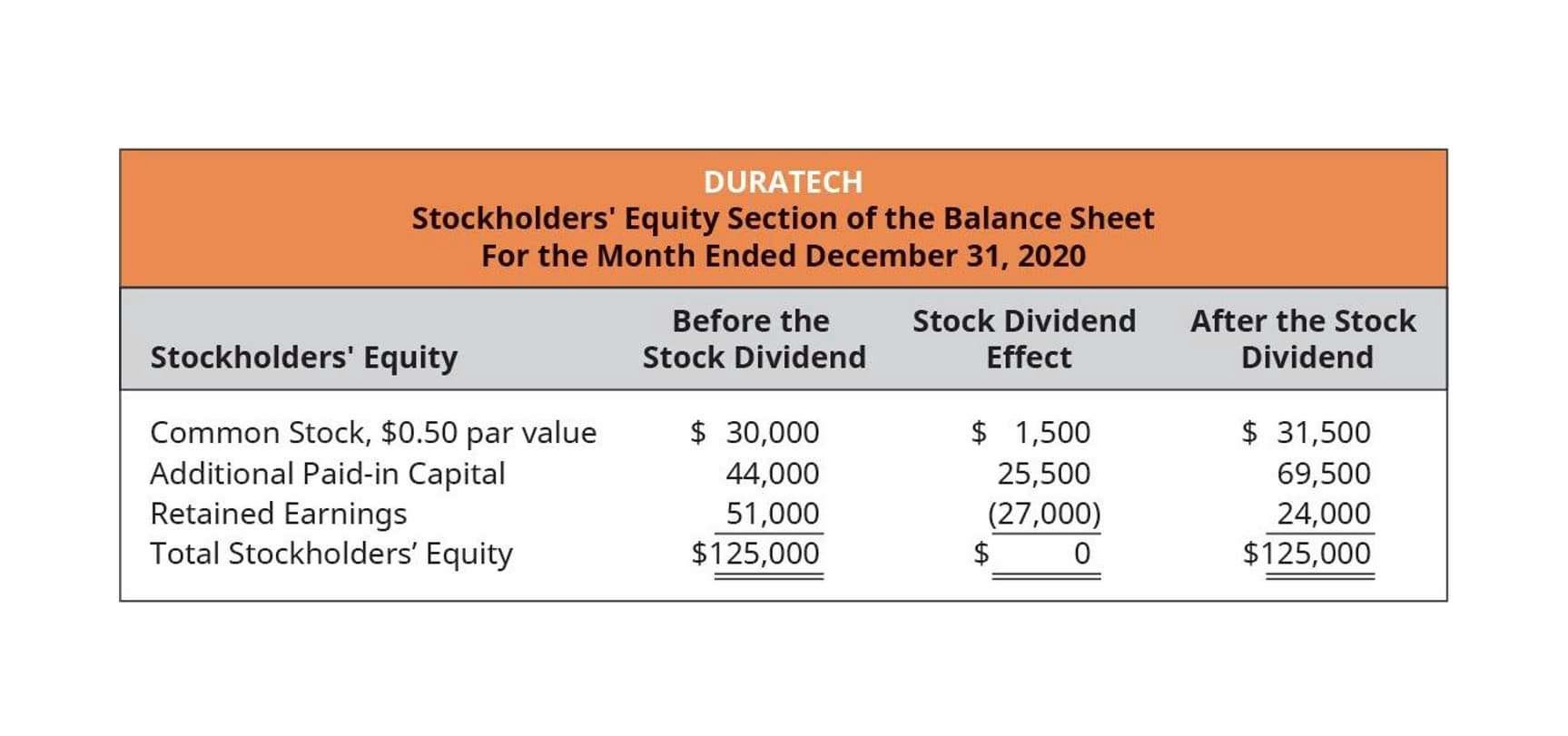
Overhead costs are expenses that are not directly tied to production such as the cost of the corporate office. To allocate overhead costs, an overhead rate is applied to the direct costs tied to production by spreading or allocating the overhead costs based on specific measures. Once you have a handle on your estimated overhead costs, you can plug these numbers into the formula to calculate your predetermined overhead rate. Cost accountants want to be able to estimate and allocate overhead costs like rent, utilities, and property taxes to the production processes that use these expenses indirectly.
Extended Normal Costing: What It Is, How It Works, Example – Investopedia
Extended Normal Costing: What It Is, How It Works, Example.
Posted: Sun, 26 Mar 2017 05:35:39 GMT [source]
Let’s take an example to understand the calculation of Predetermined Overhead Rate in a better manner. If you’d like to learn more about calculating rates, check out our in-depth interview with Madison Boehm.
Using the Overhead Rate
For example, overhead costs may be applied at a set rate based on the number of machine hours or labor hours required for the product. The predetermined overhead rate is based on anticipation and certain historical data. The person involved in preparing and finalizing overhead rates must have an eye for detail and an in-depth understanding of products and the manufacturing process within the organization. Also, any change in the product line, raw material, or any deviation from previous processes must be taken into consideration before the finalization of predetermined overhead rates.
- To account for these changes in technology and production, many organizations today have adopted an overhead allocation method known as activity-based costing (ABC).
- Not a whole lot compared to other business models (which is probably why a lot of people choose to start these sorts of businesses!).
- When the $700,000 of overhead applied is divided by the estimated production of 140,000 units of the Solo product, the estimated overhead per product for the Solo product is $5.00 per unit.
- Using the Solo product as an example, 150,000 units are sold at a price of $20 per unit resulting in sales of $3,000,000.
- The estimate is made at the beginning of an accounting period, before the commencement of any projects or specific jobs for which the rate is needed.
A predetermined overhead rate is calculated at the start of the accounting period by dividing the estimated manufacturing overhead by the estimated activity base. The predetermined overhead rate is then applied to production to facilitate determining a standard cost for a product. These overhead costs involve the manufacturing of a product such as facility utilities, facility maintenance, equipment, supplies, and labor costs.
Examples of Overhead Rates
With $2.00 of overhead per direct hour, the Solo product is estimated to have $700,000 of overhead applied. When the $700,000 of overhead applied is divided by the estimated production of 140,000 units of the Solo product, the estimated overhead per product for the Solo product is $5.00 per unit. The computation of the overhead cost per unit for all of the products is shown in Figure 6.4. Assume that management estimates that the labor costs for the next accounting period will be $100,000 and the total overhead costs will be $150,000. This means that for every dollar of direct labor cost a production process uses, it will use $1.50 of overhead costs. It is often difficult to assess precisely the amount of overhead costs that should be attributed to each production process.

As a result, the overhead costs that will be incurred in the actual production process will differ from this estimate. The activity base (also known as the allocation base or activity driver) in the formula for predetermined overhead rate is often direct labor costs, direct labor hours, or machine hours. That is, a number of possible allocation bases such as direct labor hours, direct labor dollars, or machine hours can be used for the denominator of the predetermined overhead rate equation.
What if you don’t have all the information you need to calculate your predetermined overhead rate?
The predetermined rate usually be calculated at the beginning of the accounting period by relying on the management experience and prior year data. Determine the manufacturing overhead costs that Dorothy should have applied to her hats. The overhead rate is a cost added on to the direct costs of production in order to more accurately assess the profitability of each product. In more complicated cases, a combination of several cost drivers may be used to approximate overhead costs.
- Then, they’ll need to estimate the amount of activity or work that will be performed in that same time period.
- Indirect costs are those that cannot be easily traced back to a specific product or service.
- Also, if the rates determined are nowhere close to being accurate, the decisions based on those rates will be inaccurate, too.
- This predetermined overhead rate can be used to help the marketing agency price its services.
- The company, having calculated its overhead costs as $20 per labor hour, now has a baseline cost-per-hour figure that it can use to appropriately charge its customers for labor and earn a profit.
- Again, that means this business will incur $8 of overhead costs for every hour of activity.
For example, let’s say the marketing agency quotes a client $1,000 for a project that will take 10 hours of work. The agency knows from its predetermined overhead rate that it will incur $200 in overhead costs for the project. Small companies tend to use activity-based costing, whereas in larger companies, each department in which different processes of production take place typically computes its own predetermined overhead rate. A predetermined overhead rate is an allocation rate given for indirect manufacturing costs that are involved in the production of a product (or several products). The indirect manufacturing cost should be divided by the estimated hours in this case.
Now, calculate the predetermined overhead rate for the departments listed above. This means that the overhead that is applied to jobs or products is different than the actual overhead from the product or job. During that same month, the company logs 30,000 machine hours to produce their goods. Yes, it’s a good idea to have predetermined overhead rates for each area of your business. Additionally, you should recalculate your predetermined overhead rate any time there is a significant change in your business, such as the addition of new equipment or a change in your product line.
- But determining the exact overhead costs is not easy, as the cost of electricity needed to dry, crush, and roast the nuts changes depending on the moisture content of the nuts upon arrival.
- The calculation is based on the division of the manufacturing overhead cost by an allocation base, also known as activity base or activity drivers.
- The predetermined overhead rate is used to price new products and to calculate variances in overhead costs.
- Hence, it is essential to use rates that determine how much of the overhead costs are applied to each unit of production output.
- Now, calculate the predetermined overhead rate for the departments listed above.
- Therefore, the predetermined overhead rate of TYC Ltd for the upcoming year is expected to be $320 per hour.
- Therefore, in simple terms, the POHR formula can be said to be a metric for an estimated rate of the cost of manufacturing a product over a specific period of time.
A financial professional will offer guidance based on the information provided and offer a no-obligation call to better understand your situation. Our mission is to empower readers with the most factual and reliable financial information possible to help them make informed decisions for their individual needs. Our writing and editorial staff are a team of experts holding predetermined overhead rate advanced financial designations and have written for most major financial media publications. Our work has been directly cited by organizations including Entrepreneur, Business Insider, Investopedia, Forbes, CNBC, and many others. To conclude, the predetermined rate is helpful for making decisions, but other factors should be taken into consideration, too.
Each one of these is also known as an «activity driver» or «allocation measure.» By understanding how to calculate this rate, business owners can better control their overhead costs and make more informed pricing decisions. These costs cannot be easily traced back to specific products or services and are typically fixed in nature. Direct labor standard rate, machine hours standard rate, and direct labor hours standard rate are some methods of factory overhead absorption.
Ralph’s Machine Tools Company had an estimated manufacturing overhead cost of $15,000 for the upcoming year. The most important step in calculating your predetermined overhead rate is to accurately estimate your overhead costs. The most prominent concern of this rate is that it is not realistic being that it is based on estimates.
It is a model that, although we can apply it in other formats, is generally going to be used in small companies. In a large company, production departments commonly calculate the different rates that are added to the overhead. Based on the above information, we must calculate the predetermined overhead rate for both companies to determine which company has more chance of winning the auction. https://www.bookstime.com/ Using multiple predetermined overhead rates is more complicated and takes more time, but it is generally thought to be more accurate than using a single predetermined overhead rate for the entire plant. Large companies will typically have a predetermined overhead rate for each production department. Let’s say a company XYZ Ltd., uses Machine Hours as the base for allocating Overheads.